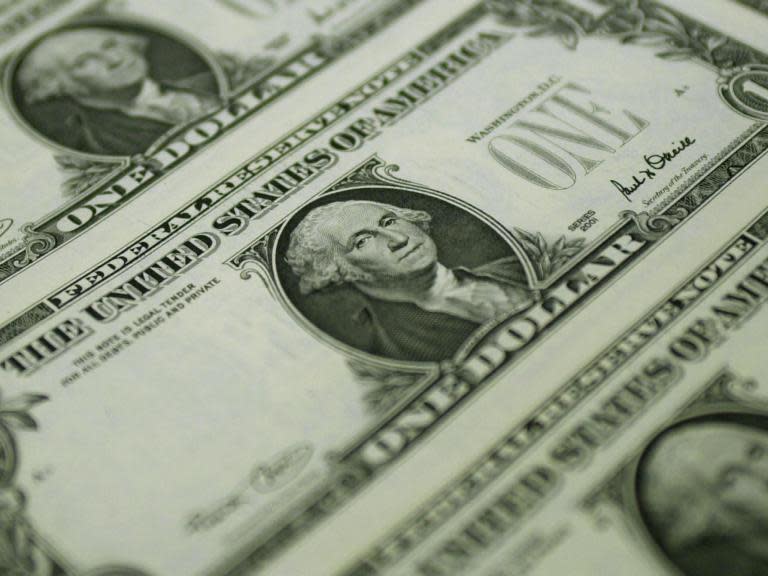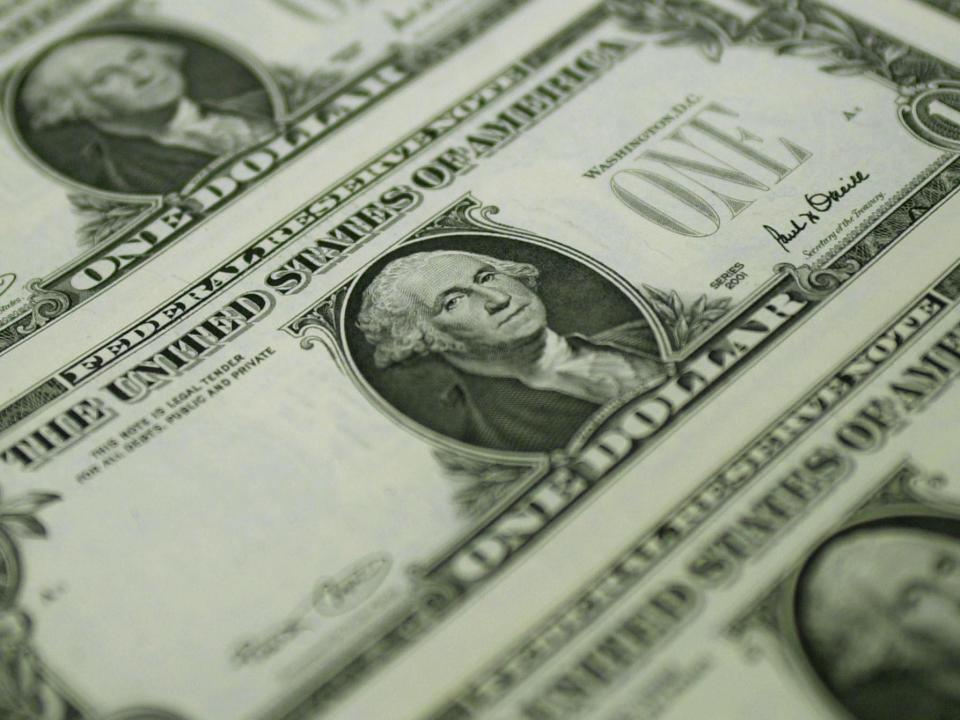One in 15 US student loan recipients have considered suicide over debt, study suggests
The $1.6 trillion (£1.22 trillion) in US student debt may not pose a direct threat to the economy, but it’s causing anguish that goes far beyond financial concerns for the people who owe it.
One in 15 borrowers has considered suicide due to their school loans, according to a survey of 829 people conducted last month by Student Loan Planner, a debt advisory group.
Most student debt is held by people with balances on the lower end of the scale, with only 0.8 percent of the US population owing more than $100,000 (£76,350), according to Deutsche Bank economists.
They have labelled the issue as a “micro problem” for individuals, rather than a macro problem for the economy.
Yet that still equates to 2.8 million people with around $495 billion (£378 billion) in debt as of March, according to US Department of Education data.
Even more worrying is that it’s an increase of almost $61 billion (£46.6 billion) since the end of 2017.
Student loans are the second-biggest kind of debt in America behind home mortgages and often more expensive to service relative to the amount owed because interest rates are generally higher.
Not to mention that unlike buying a home, an education isn’t a tangible asset that can be sold.
It’s also turning into a hot political issue as next year’s presidential election approaches.
Senator Elizabeth Warren has proposed a plan to cancel loans for many borrowers, while former Colorado governor John Hickenlooper addressed some of the knock-on effects for the economy in a presentation at the Milken Institute conference earlier this week.
“Of course millennials would love to buy a house,” Mr Hickenlooper said on 30 April in Los Angeles. But, “they’re buried in debt!”
The following scenarios show the monthly costs associated with different levels of student debt.
The first envisages a 10-year loan at six percent. To put the figures into perspective, a 30-year mortgage of $400,000 (£305,400) at current interest rates would cost about $2,000 (£1527) per month.
In the second scenario, loans are shown over a 20-year term with rates at seven percent.
Monthly payments are smaller but the overall burden is bigger, with total interest payments on $100,000 (£76,350) of debt rising above $86,000 (£65,660).
Bloomberg


